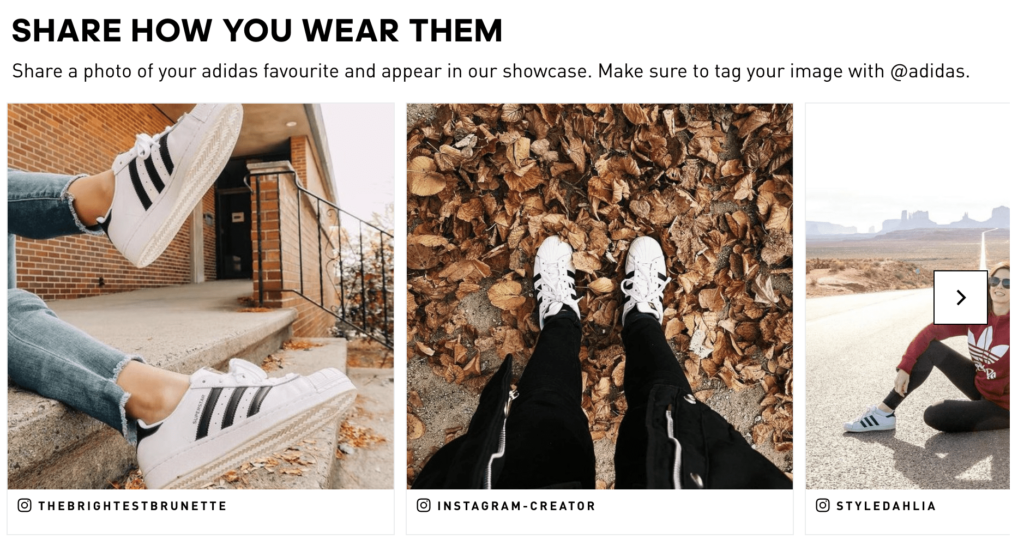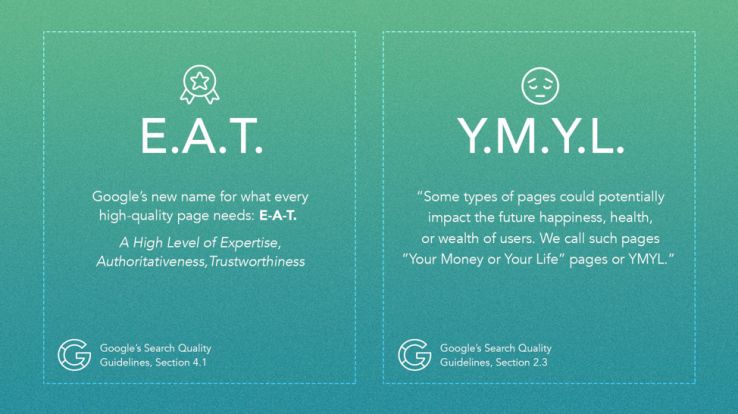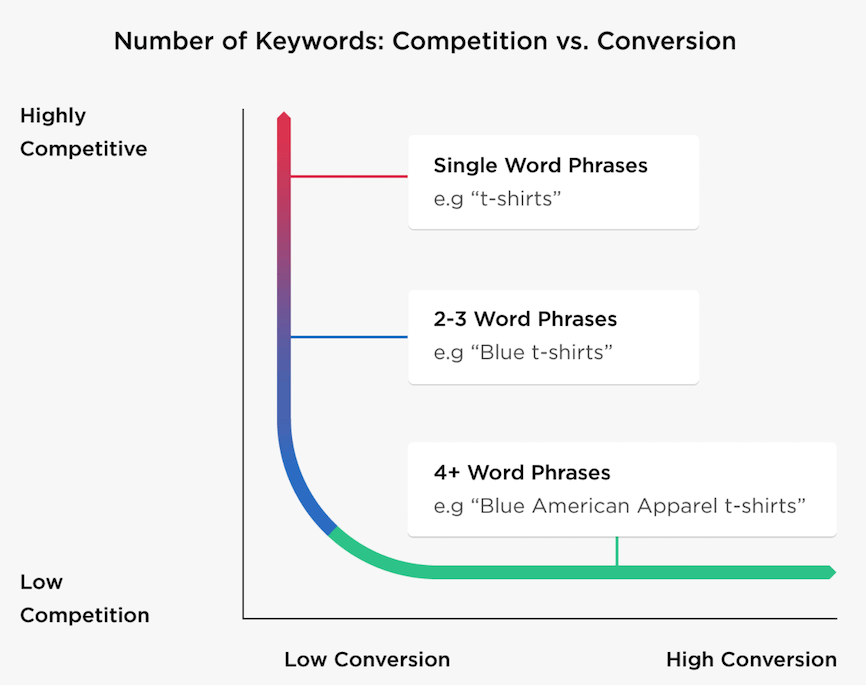Many marketers already know that user-generated content (UGC), especially over social media platforms, is highly trusted by customers and can make a huge impact on their purchasing decisions.
In fact, according to Nielsen, 84% of consumers say they trust peer recommendations above all other sources of advertising and according to EveryoneSocial, users spend, on average, five and a half hours per day engaging with user-generated content.
What many marketers don’t know, however, is that UGC is also good for Search Engine Optimisation (SEO). If brands publish authentic, relevant and useful content that is recommended by existing customers and engaged with by other users, then search engines are more likely going to rank their site on Search Engine Results Pages (SERPs), driving more traffic and conversions as a result.
So it makes sense to integrate UGC into your SEO strategy, marketing efforts and marketing campaigns. Also, ensure that you start with a customer’s first port of call when it comes to searching for products and services online.
I’ve put together this piece to cover:
- What is user-generated content?
- User-generated content examples
- Pros and cons of user-generated content
- Five ways user-generated content can improve your SEO
- Final thoughts
Let’s take a deeper dive into the relationship between UGC and SEO and how it can increase your website’s visibility, traffic and conversions.
What is user-generated content?
User-generated content is any form of content, such as images, videos, text, audio and reviews that have been published by users via channels like social media, blogs, forums and websites as part of a social media strategy.
Instead of just your brand promoting itself through the usual channels, you would also have your own customers talking about your products and services and publishing content about them on your behalf.

Now for the interesting part – how is UGC so effective? It elicits a psychological response, social proof, which is a concept that people will follow the actions of the masses. If the majority of people behave in a certain way, it must be correct.
Out of two restaurants, if you kept seeing one empty and the other busy, you’d most likely choose the busy one right? The empty restaurant may actually serve good food and have excellent service, but the assumption is that the other restaurant is better due to other people using it more.

That’s social proof in action, and the same concept can be applied to seeing customers use and enjoy a business’ products and services. We’re also highly influenced by our peer’s advice. If we don’t know much about something, we’re most likely going to believe and trust someone who does.
A brand can tell its customers how great its products and services are, but the sentiment would be much more meaningful if it came from someone outside of the business. That’s why social proof helps to increase conversion rates. UGC builds trust as the review comes from real people, not a business.
User-generated content examples
UGC can come in many forms via many channels and can be used for both B2C and B2B industries. Below are a few examples:
Vision Express’ Instagram

Adidas’ Website

The Swedish Tourist Board’s YouTube Campaign
Waze Reporting

Go Pro TikTok
@goproWalkin’ on water with ##GoProFamily member @jeremietronet + ##GoProMAX ##gopro ##fyp ##caribbean ##kitesurfing♬ original sound – GoPro
Pros and cons of user-generated content
Advantages
Leveraging customer content as part of your content marketing and digital marketing strategy comes with a whole host of benefits.
- Gives you the ability to reach a wider, untapped audience who are currently unfamiliar with your brand.
- Increases brand engagement and awareness.
- Helps you find new and unique content that works, which you may not have been aware of.
- Gives your brand personalisation and the human touch, not just a business behind a screen.
- Makes your content trustworthy and authentic if real people are using and enjoying your products and services.
- Can be extremely cost-effective as you’d be using content produced by your customers. They’ve done all the hard work for you.
Disadvantages
Whilst they aren’t disadvantages as such, there are a few things that you need to be aware of or consider when it comes to using a UGC strategy:
- It can sometimes be hard to predict and control as not everyone will like your products and services. Whilst you can choose what UGC you use, it can result in negative feedback so ensure you have a response or contingency plan in place.
- Due to this, you need to dedicate a fair bit of time monitoring the content, making sure it doesn’t do more harm than good. However, you probably would’ve spent this time producing your own content otherwise.
- You need to be aware of some legal issues. The content belongs to the user who creates it, so make sure you have their explicit permission to share it and you attribute it back to them. Some UGC is also created via social competitions and many social networks, especially Facebook and Instagram, have strict rules so make sure you check these too.
Five ways user-generated content can improve your SEO
I think it’s safe to say that the advantages far outweigh the disadvantages and one pro that I purposefully left out of the above list is SEO, because it deserves its own section and its impact is invaluable. I know I’m a bit biased, but here we are.
According to BrightEdge, 68% of online experiences start with a search engine, not by directly visiting a company’s website.
Seeing that Google is getting smarter by the day and is now able to better understand the sentiment, natural language, intangible context and user intent, it’s no wonder that user-generated content should be part of your SEO strategy.
1. Provides Google with new and relevant content
Google is so sophisticated now that it understands who the content is being published for. That’s why it’s now more important than ever for brands to create content that resonates with customers, rather than search engines to rise up the ranks.
Creating authentic and trustworthy user-generated content that benefits the user is a solid ranking factor, because Google can recognise that you’re wanting to provide users with useful and relevant content that solves their search query and helps them along their purchasing journey.
This concept also comes as part of Google’s “Medic” algorithm update, which aims to show results that better match the intent of the search. It also shines a light on Google’s E-A-T acronym, which captures and better ranks content that is expert, authoritative and trustworthy, specifically targeting Your Money Your Life (YMYL) businesses.

When it comes to health, fitness, wellbeing and safety sites, Google doesn’t want to leave it up to chance that users will find content that could potentially harm their happiness, health and wealth. Google wants to serve correct content, not just relevant.
If your user-generated content meets Google’s E-A-T guidelines, then you’ll have a better chance of it being ranked.
2. Implements basic SEO
When it comes to SEO optimisation, some of the basic attributes to consider include keywords, titles, backlinks, internal links, images, word count, tone of voice and language.
User-generated content, especially customer reviews and testimonials, can optimise websites naturally and the work is done by the customer, rather than you so win-win.
This is because reviews and testimonials often talk about a brand’s products and services, naturally weaving in those terms, phrases, links and other attributes, strengthening your SEO without having to do it yourself.
3. Helps rank long-tail keywords
Long-tail keywords are longer terms that have less search volume traffic and competition but tend to have a higher conversion value due to being more specific.
Your SEO strategy may capture keywords that have a higher search volume, but they tend to be more competitive and difficult to rank for. Targeting long-tail keywords are slightly easier to rank for and tend to be more relevant for blogs and guides, allowing you to gain more traffic with specific search intent to your site by solving a user’s problem and question.

If you collect user-generated content, it showcases what your customers love about your products and services, giving you insight into how your audience talks about their pain points and what they search for.
This can naturally reveal long-tail keywords or at least some inspiration into what to research. Knowing which long-tail keywords resonate with customers can make a huge difference as it enables brands to understand feedback and opinions as keywords for SEO.
4. Boosts social signals
User-generated content can improve social media optimisation, especially on social channels, such as Instagram, Facebook, Twitter and TikTok. Not only does it arm social media managers with fresh and unique content, but it also increases social media listening, brand mentions, social engagement and following and encourages your social community to share content, like and comment.

These are all types of social signals, which commonly help to showcase brand popularity and affinity for a specific piece of content. Search engines are going to see if a brand is endorsed and trusted on social media and so will more likely show them on SERPs. Plus, social media posts that include links will drive more traffic to your website.
5. Saves time and resource
Despite this being a more indirect impact on SEO, it’s still worth considering. Using UGC or running a UGC campaign means that your customers become content creators on your behalf, saving you time and resources that can be better spent on other SEO strategies.
Final thoughts
Integrating user-generated content into your SEO strategy is worth its weight in gold and surprisingly, only 16% of businesses actually do so. (Merkley And Partners).
UGC has so many benefits attached so it’s definitely worth considering. It can increase search visibility and social engagement, offer users a unique take on content, create a unified and interactive customer experience and community and drive traffic to your website.
Weaving UGC into your marketing strategy and campaigns can tick all of these boxes, but what marketers can’t get away from, is that it boosts conversions and essentially, a business’s bottom line. This is why brands can’t afford to ignore user-generated content.
If you’re not sure where to start, the team at Hallam are more than happy to offer advice so contact us today.




